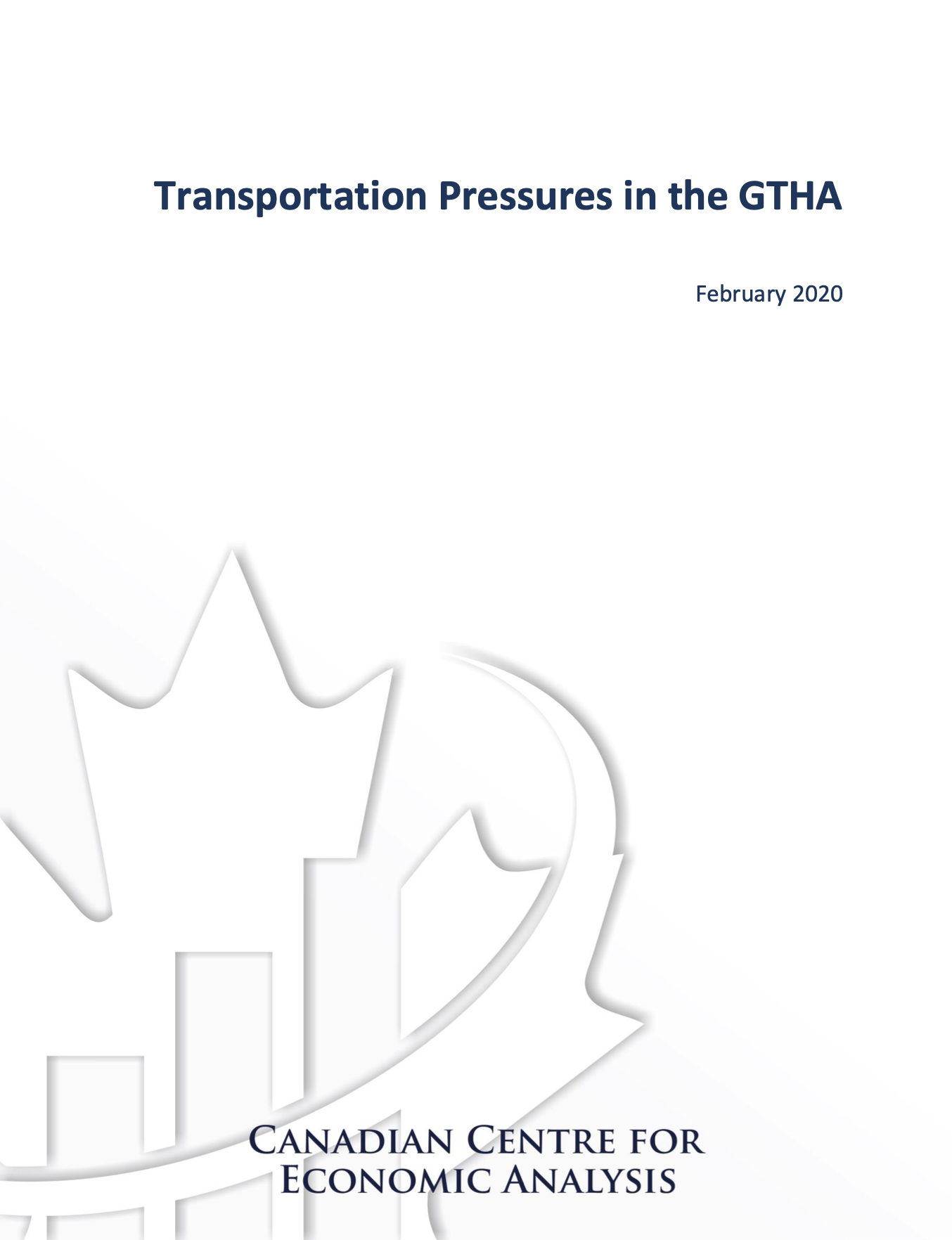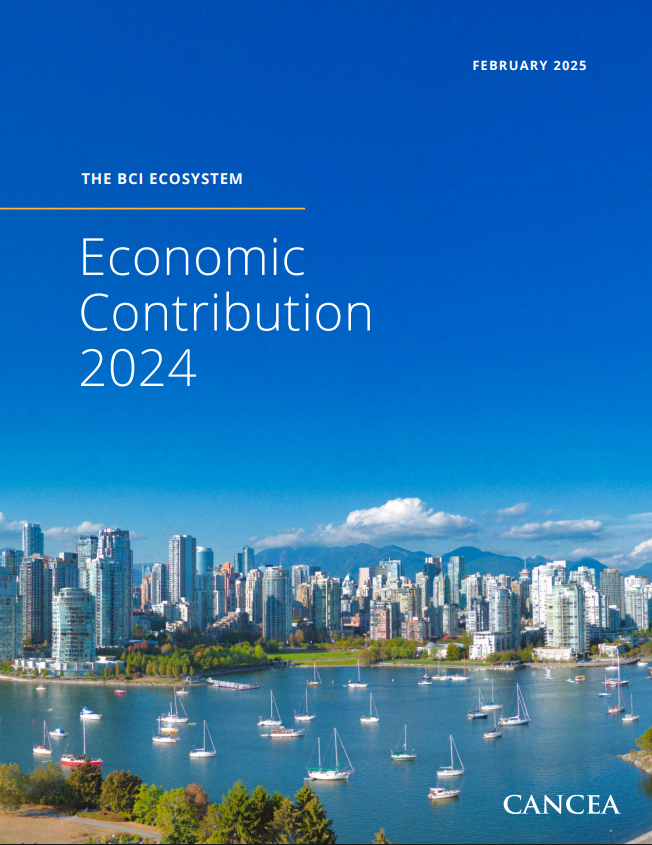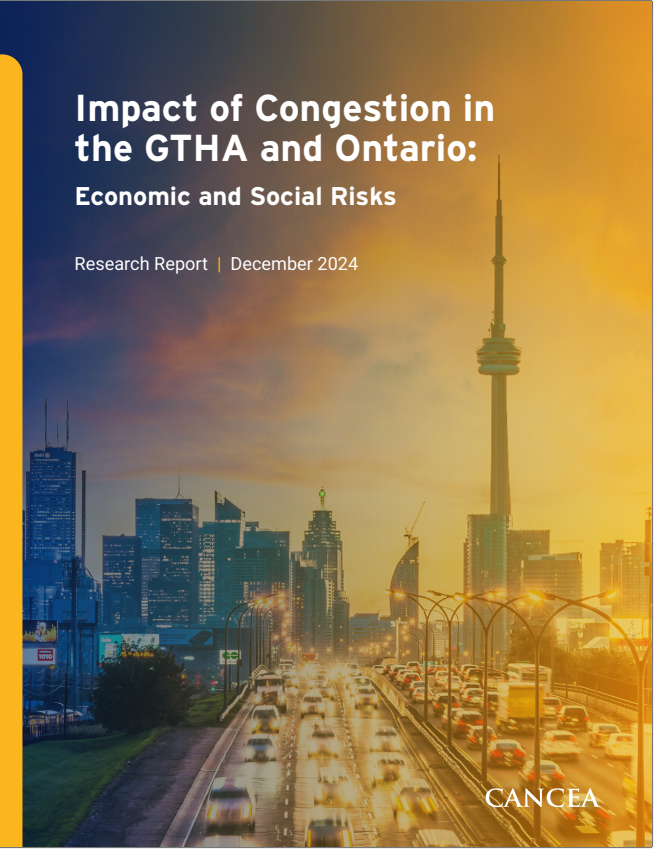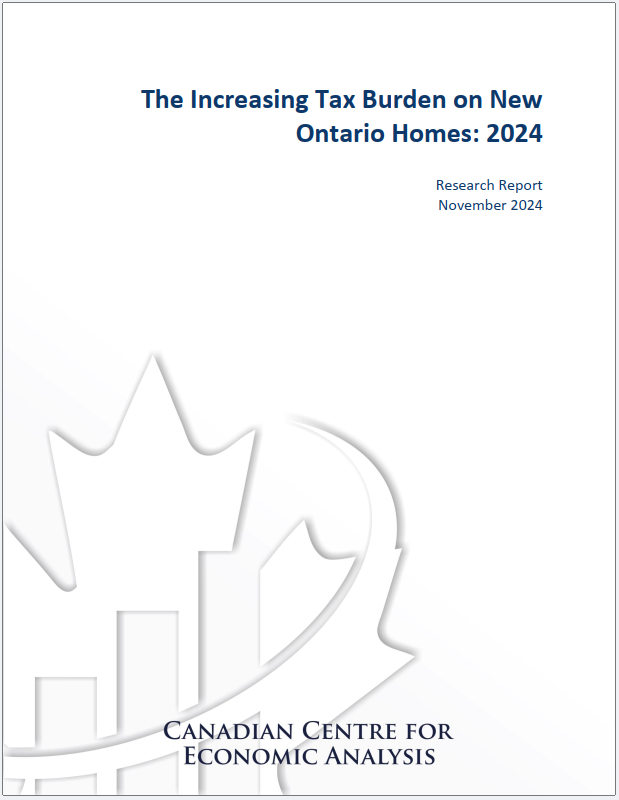The Greater Toronto and Hamilton Area (GTHA) is a critical economic hub, contributing over half of Ontario’s population and generating 52% of the province’s GDP. With a population growth of 14% between 2006 and 2016, the GTHA is projected to continue expanding, reaching over 10.1 million residents by 2041. However, this growth has led to transportation challenges, including longer commutes and congestion, impacting the region’s livability and economic productivity.
One of the key issues in the GTHA is the geographical divide between residential areas and workplaces, resulting in increased commuting times. Commuters from six out of the nine major municipalities in the region often travel from other municipalities to work. While urban cores like Toronto, Hamilton, and Mississauga benefit from better public transit options, car ownership becomes a necessity in other areas. This transportation pattern has led to longer commutes and a reliance on private vehicles, contributing to congestion and longer travel times.
The GTHA’s transportation challenges are particularly pronounced for lower-income households. Transportation and housing expenses make up a significant portion of their total budget, with trade-offs between housing affordability and proximity to employment opportunities. As a result, ensuring affordable and accessible transportation options is crucial for equitable urban development and social well-being.
Addressing these challenges requires strategic investment in transportation infrastructure. Increasing road capacity and expanding public transit options are essential to alleviate congestion and provide viable alternatives to private vehicle use. Transportation-oriented development (TOD) that emphasizes compact, mixed-use communities around transit hubs can enhance efficiency and reduce the need for long-distance travel.
Additionally, emerging transportation trends like vehicle-on-demand services and autonomous vehicles should be considered in future planning efforts. Monitoring these developments and evaluating their potential impact on the region’s transportation system will be vital for making informed decisions.
By aligning residential, economic, and transportation development, the GTHA can create a sustainable and efficient transportation network that enhances the quality of life for its residents, supports economic growth, and mitigates the challenges posed by population growth and increasing commuting demands.











